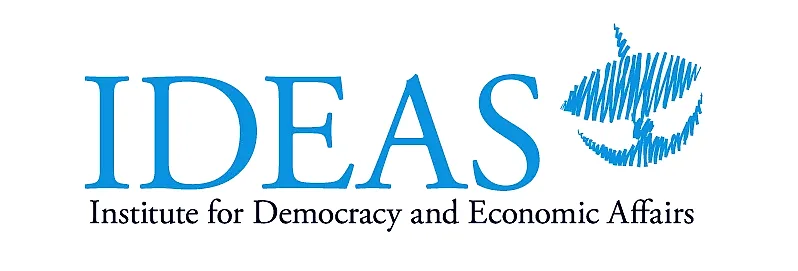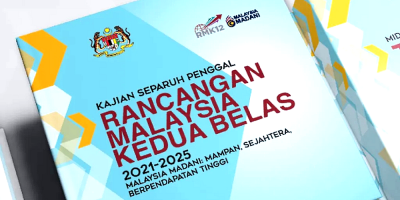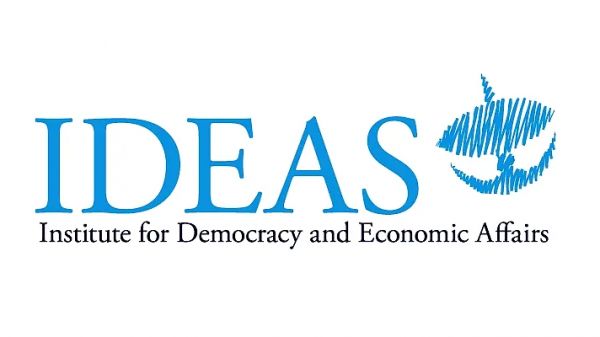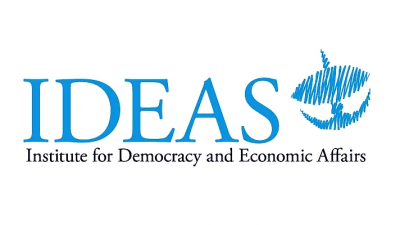
The Institute for Democracy and Economic Affairs (IDEAS) has published a report titled Pantau Laksana Assessing Malaysia’s Transparency and Accountability Initiatives in Implementing Emergency Fiscal Responses.
The report calls for more standardized and transparent reporting on implementation of government programs.
The report discusses the sources of funds, funds allocation, beneficiaries and reporting of the nine economic stimulus packages (ESPs) rolled out during the height of the COVID-19 pandemic from February 27, 2020 to June 28, 2021.
“Pantau Laksana is an initiative from IDEAS to encourage the public and other civil society organizations (CSOs) to monitor government spending financed by the regular annual budgets or stimulus packages,” said IDEAS CEO Dr. Tricia Yeoh.
“Pantau Laksana was motivated by the trade-off between crisis response and oversight that took place during the height of the pandemic, where most of the ESPs were announced by the government without adequate parliamentary oversight.”
To close the oversight gap, the Ministry of Finance established the LAKSANA unit tasked to provide regular updates about the implementation of initiatives under the ESPs.
Through Pantau Laksana, IDEAS has created a dataset to obtain a better picture of the ESPs, which provides us an overview of the types of fiscal impact, funding sources and types of beneficiaries achieved as a result of the various stimulus packages.
Overall, RM526.3 billion in estimated program value was announced through the nine ESPs covered in the dataset: 2020 ESP , PRIHATIN, PRIHATIN SME+, PENJANA, KitaPRIHATIN, PERMAI, PEMERKASA, PEMERKASA+, and PEMULIH.
In compiling the data from the ESP speeches, IDEAS found that the monetary value of 96 out of 291 distinct announcements were not disclosed.
Government expenditures (24) and foregone revenues (29) make up more than half of these undisclosed estimates of fiscal impact.
It was also not entirely possible to distinguish the sources of funding for some of the programs. For example, the ESP announcements did not fully indicate the disaggregated value of discounts provided by TNB, subsidies drawn from the Electricity Industry Fund, or subsidies from the government’s earmarked COVID-19 Fund.
The Pantau Laksana dataset suggests that about 35% of the value of stimulus measures announced (RM186.2 billion) came from the government, while the rest came from the government ecosystem (statutory bodies and government-linked companies), the private sector, or a mix of any two of the sources.
Direct expenditure forms nearly half of the government-sourced stimulus (RM96.6 billion), with the largest categories of expenditure being the wage subsidies followed by cash transfers.
The second largest allocation of value for government stimulus was in loan guarantee facilities totaling RM75 billion.
The single largest contribution in value to the ESPs came from the RM210 billion estimated value affixed to the loan moratorium program, a liquidity measure which did not involve government expenditure.
The dataset also records the implementation data from the government’s LAKSANA reports from April 14, 2020 to October 31, 2021 (a total of 73 reports).
The dataset suggests that LAKSANA only reported 86 out of 201 programs. The most extensively reported programs are part of the COVID-19 Fund, indicating that the focus of reporting was on the government’s direct expenditure, with the Wage Subsidy Program as the most extensively reported program within the study’s time frame.
“IDEAS commends the efforts taken to provide frequent reporting on the ESPs’ key programs. However, disclosure gaps and inconsistent reporting formats hamper the public’s ability to actively monitor and thus hold the government accountable,” said Alissa Rode, Research Manager of the Public Finance Unit at IDEAS.
“While perhaps not all programs require the attention and resources of weekly reporting, setting a standard schedule of monthly or quarterly reports for less critical programs would provide more predictability and consistency in the level of information provided.”
IDEAS recommends that the government provide a strong mandate and digital resources to institutionalize public reporting on implementation to achieve greater transparency and consistency in disclosure.
This could be done by setting benchmark standards in the Fiscal Responsibility Act when it is introduced, which we are hopeful will be done soon.
The government should also maintain consistency in the indicators and frequency of reporting to ensure that data is meaningfully comparable.
ADVERTISEMENT
ADVERTISEMENT






































